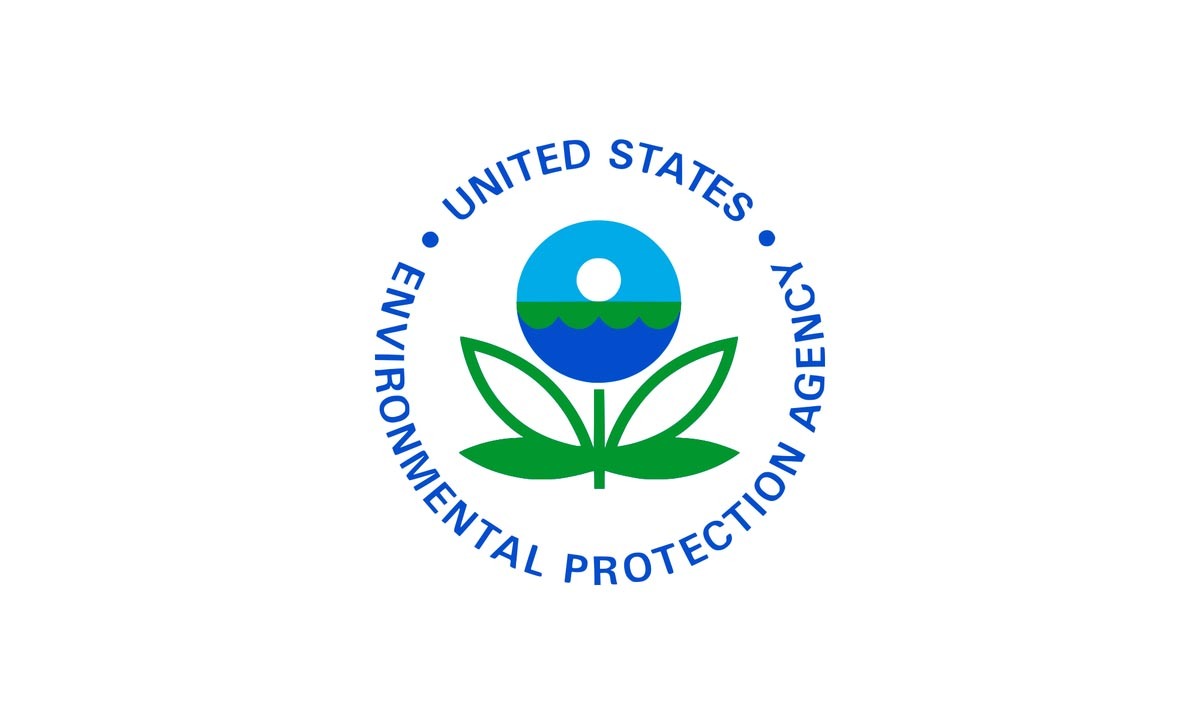BLOG
U.S. EPA Publishes Rule Implementing 2017 Risk Management Plan Amendments to Comply with Federal Court Order

In the December 3, 2018 Federal Register, the U.S. Environmental Protection Agency (EPA) published a final rule to implement a…
In the December 3, 2018 Federal Register, the U.S. Environmental Protection Agency (EPA) published a final rule to implement a federal court order requiring the agency to vacate its delay of the January 13, 2017 amendments to the Accidental Release Prevention Requirements of the Risk Management Program. The amendments update the accident prevention program requirements, the emergency response requirements, and the availability of chemical hazard information. As a result, the RMP Amendments are effective as of December 3, 2018. The changes are intended to improve process safety, help local emergency authorities plan for and response to accidents, and improve public awareness of chemical hazards at regulated sources. The accident prevention program has three changes. First, all facilities with Program 2 or 3 processes will be required to conduct a root cause analysis during an incident investigation of a catastrophic release or an incident that could have reasonably resulted in a catastrophic release. Second, facilities with Program 2 or 3 processes are required to have an independent third-party conduct a compliance audit following a reportable release. Compliance audits have been required, but facilities could conduct self-audits. Finally, facilities with Program 3 regulated processes with a NAICS code of 322 (paper manufacturing), 324 petroleum and coal products manufacturing), and 325 (chemical manufacturing) are required to evaluate the feasibility of any inherently safer technology and alternatives analysis as part of their process hazard analysis. EPA’s emergency response program requirements are also revised by this rule. First, facilities with Program 2 or 3 processes are required to coordinate with local authorities annually. These facilities are required to conduct annual notification exercises to ensure that their emergency contact information is current. Finally, all facilities subject to the emergency response program requirements of subpart E are required to conduct a full field exercise every five years and one tabletop exercise in the other years. Facilities that have an RMP reportable accident are required to conduct a full field exercise within a year of the accident. EPA’s amendments are also intended to increase the public availability of chemical hazard information. All facilities are required to provide basic information to the public through easily accessible means, such as a facility web site or through public libraries or government offices. All facilities are also required to hold a public meeting at least 90 days after a reportable accident. Rather than require certain facilities to provide information elements upon request by LEPCs and other local emergency response agencies, EPA, in these final regulations, is requiring the owner or operator of a stationary source to share information that is relevant to emergency response planning as part of the coordination activities that occur annually between facility representatives and local emergency response agencies. Source: U.S. Environmental Protection Agency (EPA), Accidental Release Prevention Requirements: Risk Management Programs Under the Clean Air Act, 83 FR 62268 (Dec. 3, 2018), https://www.federalregister.gov/documents/2018/12/03/2018-26224/accidental-release-prevention-requirements-risk-management-programs-under-the-clean-air-act.